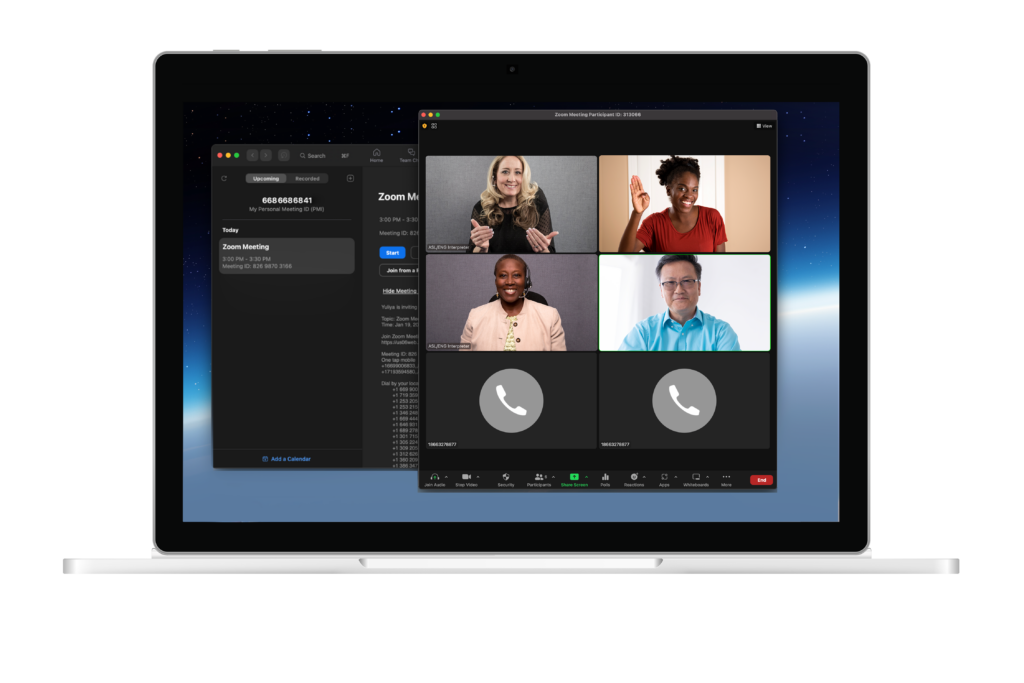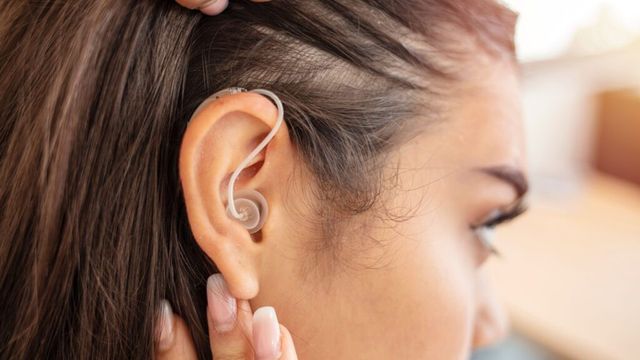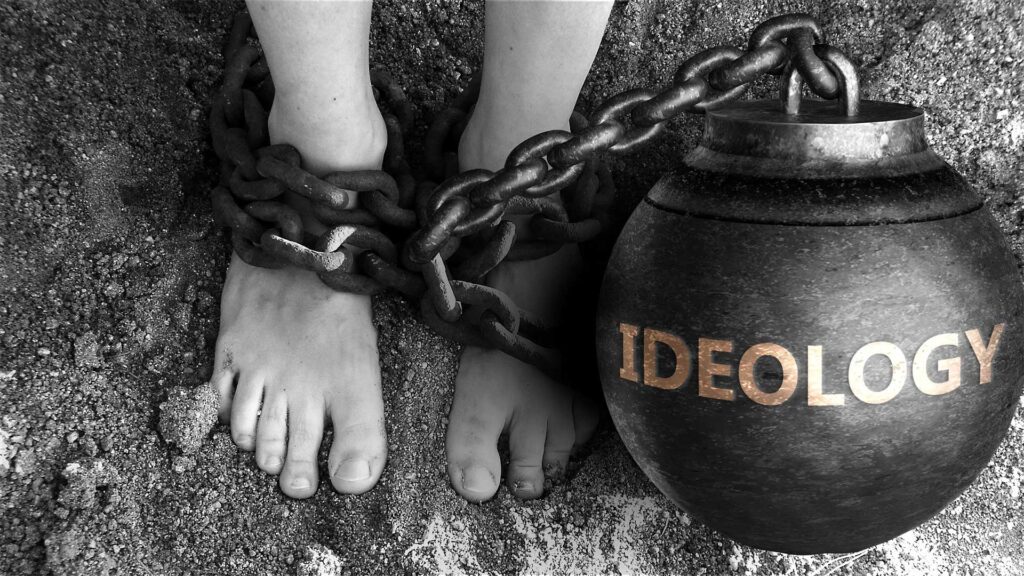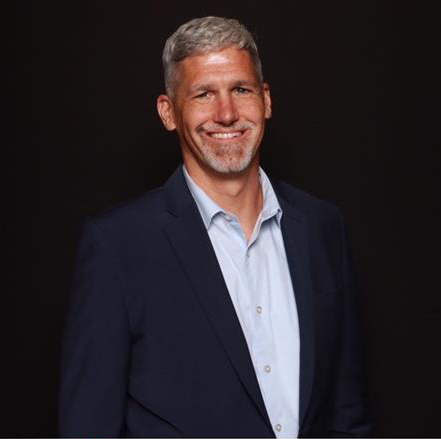
Imagine that you’re Deaf and you must go to the emergency room. No sign language interpreter is available, so the staff nurse looks for the video remote interpreting (VRI) equipment to set up, but finding the equipment takes two hours. In the interim, the nurse nearly gives you an injection without your knowledge or consent.
This scenario, which happened to Corey Axelrod, drives home the importance of effective communication in healthcare for Deaf and hard-of-hearing people. An American Journal of Audiology study shows that there are higher mortality rates among Deaf people than hearing people.
However, some Deaf people are unaware of VRI and how it works. Ironically, these are the people who may benefit the most from VRI in health care settings.
Take Yolanda Hernandez, who’s hard of hearing and uses speech and ASL to communicate. She requests an in-person sign language interpreter for her daughter’s regular medical appointments. However, Ms. Hernandez goes without communication assistance because the interpreter often cancels.
“We drive two hours to our appointment and then they say, ‘Oh, the interpreter had to cancel. She can’t make it,’” Ms. Hernandez says.
Unfortunately, because cancellations have happened so often, Ms. Hernandez resolves this by bringing in her husband as an unofficial interpreter. However, this situation is not ideal, and neither is it the case for those who don’t have family support.
But before delving further, let’s learn more about VRI and how it works.
What is VRI? What makes it an asset in healthcare?

VRI is an off-site telecommunication service that enables a Deaf or hard-of-hearing person to access a sign language interpreter through a videophone, webcam, or tablet. Title III under the ADA covers this service under enterprises that serve the public. Such enterprises include:
- Hotels
- Restaurants
- Retail stores
- Educational institutions
- Banks
- Medical centers/hospitals (private and public)
Title III does not cover two types of enterprises: religious organizations and private memberships.
Pros and cons of VRI in healthcare
VRI is a solution when in-person interpreters are not available or practical. You can schedule VRI or sign up for VRI on-demand services.
Many Deaf people prefer in-person interpreters to VRI, which allows direct communication with doctors. The National Association for the Deaf (NAD) argues that “providing on-site interpreters should be the primary method by which health care providers and their sign-language-using patients communicate.”
Mr. Axelrod, the founder and CEO of 2axend and a member of a multigenerational Deaf family, says VRI is ideal in low-risk situations such as a standard doctor’s appointment.
“These appointments are often where the interactions are one on one,” Mr. Axelrod says.
It’s important to learn about the different benefits that VRI provides, and choose the right fit for you, based on the situation.
However, there are benefits to using VRI:
- Accessibility: Ideal in emergencies and in rural areas where few interpreters are available. Deaf and hard-of-hearing patients can request an interpreter based on language/cultural preferences.
- Cost-effectiveness: VRI is a more affordable option than in-person interpreters. Most in-person interpreters require you schedule at least two hours of interpreting per session.
- Convenience: Available on any video conferencing platform around-the-clock with scheduling, or even on demand.
- Flexibility: Easy to schedule or cancel appointments. Enables the healthcare provider to easily confer with nurses and other doctors on medical matters with the patient present.
VRI is helpful for straightforward appointments when interaction is one-on-one with the doctor. Even in those instances, though, VRI can fall short, notably if the doctor doesn’t know VRI best practices or the interpreter struggles to hear or understand what’s happening in the room. Then, there are technical issues that also arise.
As a healthcare professional, it’s critical to respect the Deaf patient’s specific communication requests. Follow their lead. Be mindful that effective communication access is essential for any patient’s healthcare needs. Their needs supersede your own, keeping with the Hippocratic Oath of doing no harm.
“The motto, ‘Nothing about us without us’ needs to hold true in every encounter where Deaf, hard-of-hearing, and DeafBlind individuals are looked at as experts for their own accessibility experience,” Mr. Axelrod says.
The dangers of healthcare communication barriers
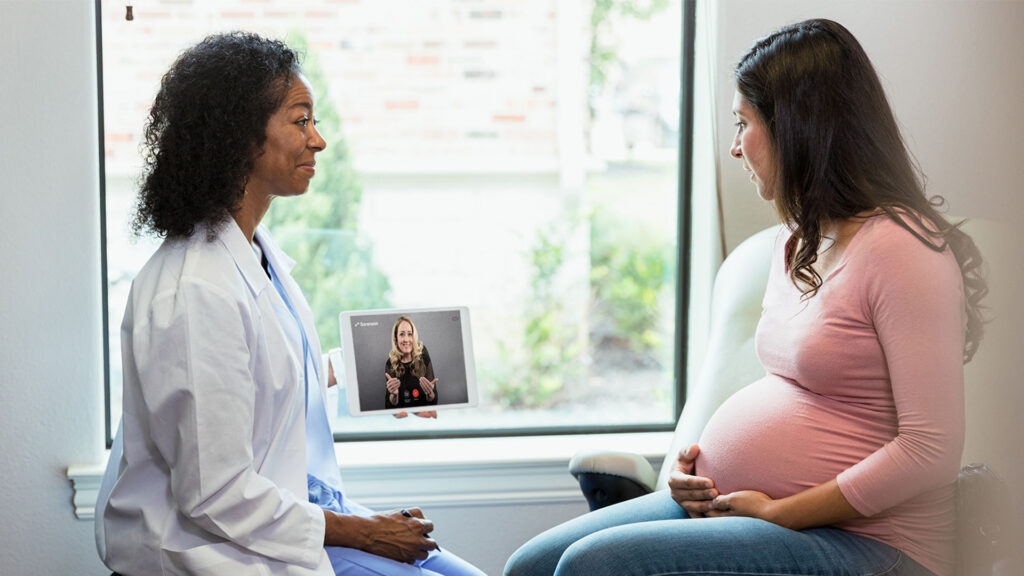
A few years ago, Ms. Hernandez became pregnant with her third child. The pregnancy was high risk. One day, she began bleeding profusely and needed to go to the hospital. Her husband was working far from home, and knowing that a sign language interpreter would be unavailable, he had Ms. Hernandez’s sister put him on speaker phone during the consultation with the doctor.
“My sister put my hubby on the phone so he could hear what the nurse and doctor were saying,” Ms. Hernandez says. “It was a scary moment. I was seven months [pregnant].”
Many cases are not as frightening as Ms. Hernandez’s, but her story underlines the need for available and qualified sign language interpreters for critical medical situations. (As you may recall, Ms. Hernandez was unaware of VRI as an option.)
Title III of the ADA
As I mentioned at the beginning of this article, the implementing regulations of Title III of the ADA advises against having a family member stand in as an interpreter in any healthcare setting. The healthcare professional alone is responsible for hiring qualified sign language interpreters for their Deaf and hard-of-hearing patients.
Nevertheless, there are two situations where it’s permissible to have a friend or family member stand in as an unofficial interpreter:
- In an emergency, when there is a threat to someone’s safety, it might be necessary for an adult (or even a child) who’s with a Deaf or hard-of-hearing person to help them communicate. This is acceptable when a professional sign language interpreter is not available.
- In non-emergencies, when a Deaf or hard-of-hearing person needs someone to interpret and this “someone” is fine with interpreting, this is acceptable. However, this doesn’t include young children.
There are two exceptions to the above permissible situations.
One, when a case involves spousal abuse, a spouse is not allowed to interpret the situation. Second, if a friend or family member has a personal involvement in a situation or feels uncomfortable relaying information, they’re not obligated to interpret it.
Some Deaf people can quickly obtain a sign language interpreter. However, the doctor-patient experience often falls short, and some Deaf patients end up with interpreters who lack experience in medical terminology. This is a common complaint among Deaf people about interpreters in healthcare.
“One of the most challenging experiences is working with a VRI interpreter who does not have the requisite knowledge to interpret in healthcare settings,” Mr. Axelrod says.
There is currently no national certification available for healthcare interpreters for the Deaf and hard of hearing. Certification is relegated to spoken languages; many states do have their own certification requirements. However, the Certification Commission for Healthcare Interpreters (CCHI) offers a Core Certified Healthcare Interpreter credential. The National Council on Interpreting in Health care (NCIHC) also provides trainings and resources and includes national standards that outline the healthcare interpreter’s responsibilities in providing effective communication, with some input from the Registry of Interpreters for the Deaf (RID).
Be patient
Sheena Lyles, also known as MsDeafQueen on Instagram, tells me using VRI for doctor appointments is awkward and her doctor becomes impatient.
“Using VRI during medical appointments is always frustrating because of the long wait to get VRI to work when my appointments were supposed to be wrapped up sooner,” Ms. Lyles says. Because of this experience, she prefers in-person interpreters.
Based on these Deaf people’s experiences, we must ask ourselves, “Who is responsible for effective communication access: me or the patient?” The answer is the medical establishment.
VRI: a convenient solution for medical services
Healthcare professionals using VRI can get the most out of the service by adjusting how they talk and behave to account for space and the use of audiovisual equipment. At times, setting up VRI can be more complicated than simply pressing a button. Familiarizing doctors and nurses with VRI technology can prevent wasting precious minutes and, as in Mr. Axelrod’s case, the patient having to set up the VRI.
For a seamless experience for both Deaf patients and healthcare professionals, keep these items in mind when requesting VRI:
- Reliable high-speed internet with enough bandwidth.
- Familiarity with VRI technology and setup.
- Accommodate the Deaf patient’s communication needs (use VRI as secondary option if the patient’s preference is an in-person interpreter) and note for future reference.
- Position the video screen so that the interpreter’s hands, face, and upper body are visible to the Deaf patient.
- Talk with the Deaf patient directly, not the interpreter.
- Provide supplemental information and materials in plain language to the Deaf patient.
- Be patient and allow enough time to put the Deaf patient at ease and answer their questions clearly.
- Request a qualified interpreter.
For more information on optimizing VRI services in the healthcare setting, please refer to NAD’s position statement.
Conclusion
VRI can be the bridge to adequate communication access between healthcare providers and their Deaf or hard-of-hearing patients. Consider this just one aspect of providing equal access that can build the foundation for accessible and inclusive healthcare.
While using VRI requires planning — to ensure a stable internet connection, clear video and audio quality, quality interpreter selection, and patient comfort — it’s on par with the preparation to secure an on-site interpreter, and one can’t overlook the benefits of this service. Remember, the goal is to promote a patient experience as close to the in-person experience as possible.
The objective should be clear: Healthcare should use VRI as a communication option. This technology can set a new standard for inclusiveness in the healthcare industry that respects and caters to the diverse communication needs of all Deaf and hard-of-hearing patients.
Take the first step toward improved accessibility in your healthcare facility. Consult with Sorenson for VRI and in-person interpreting services today and start building successful communication access tailored to the unique needs of the Deaf and hard-of-hearing community.

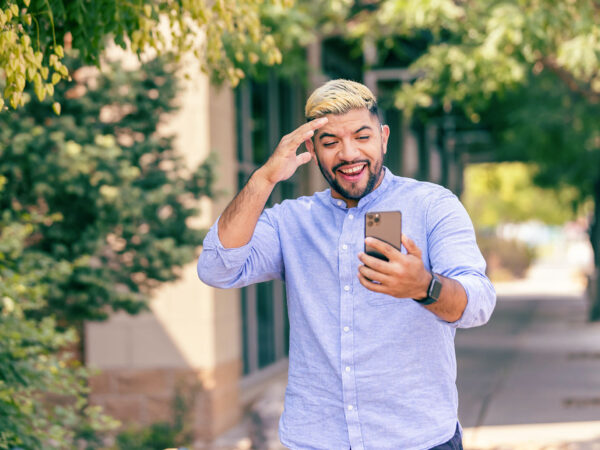





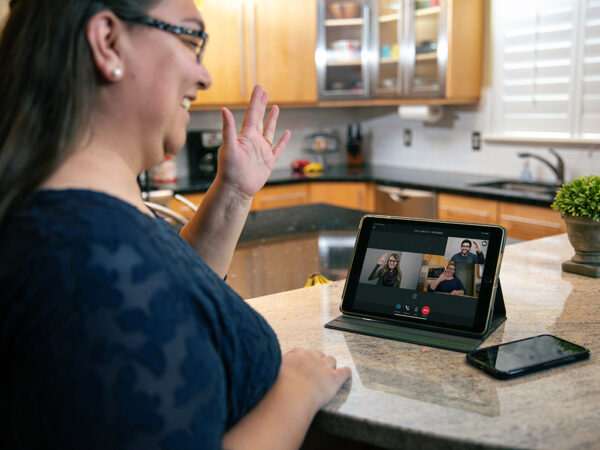

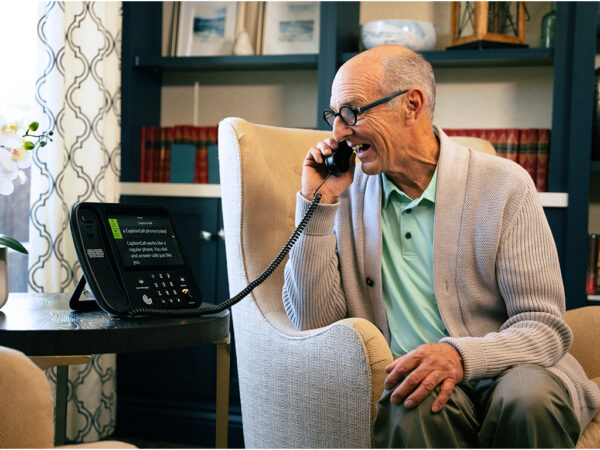





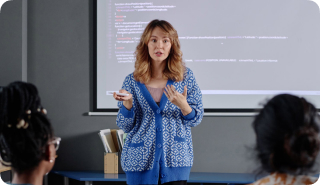

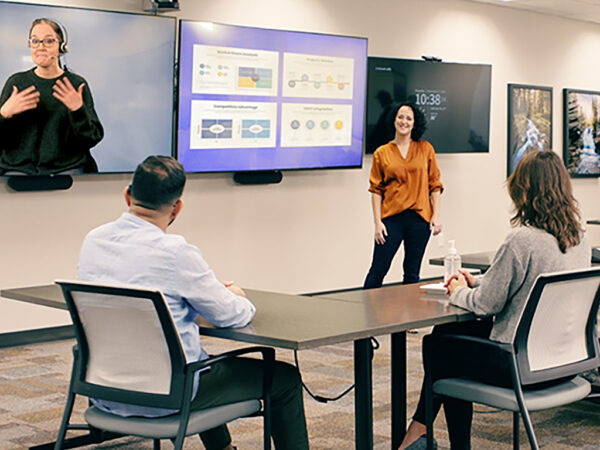


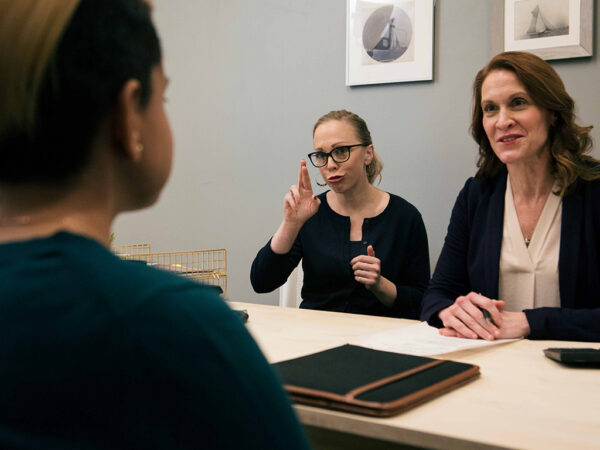




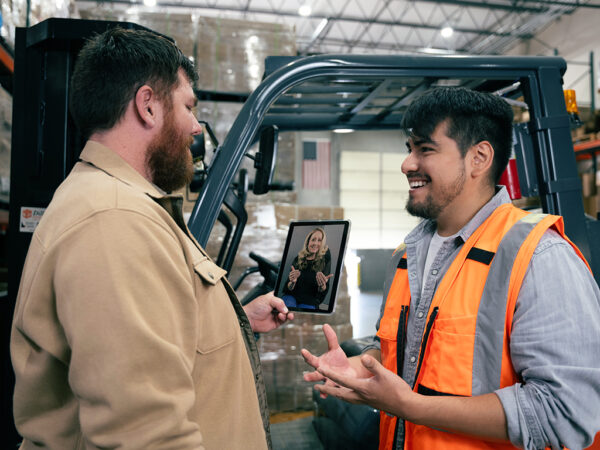
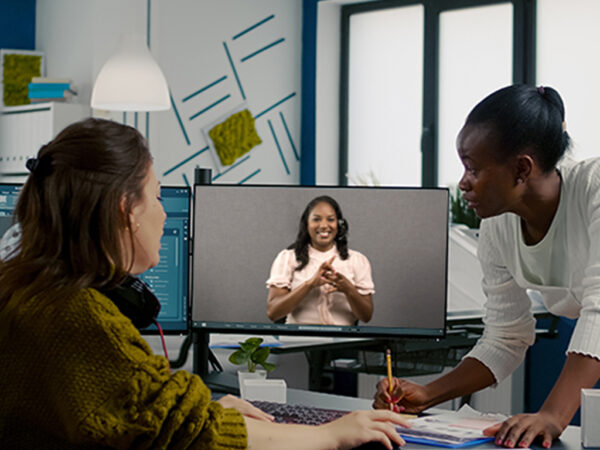
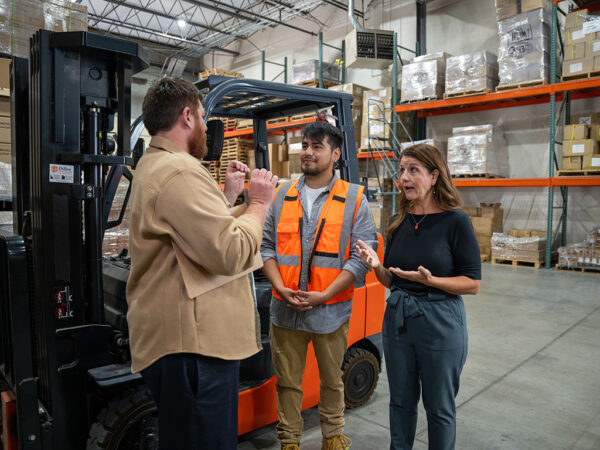


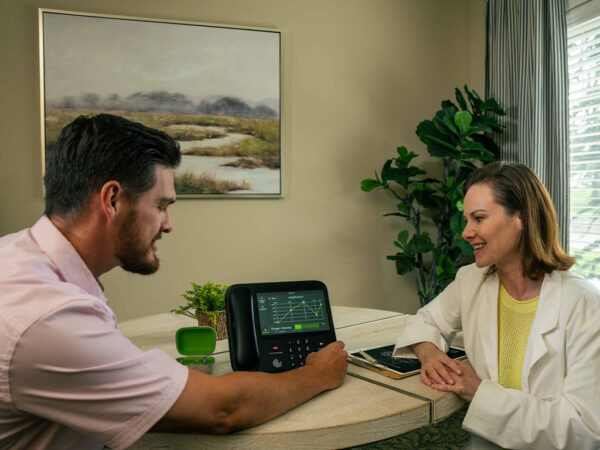

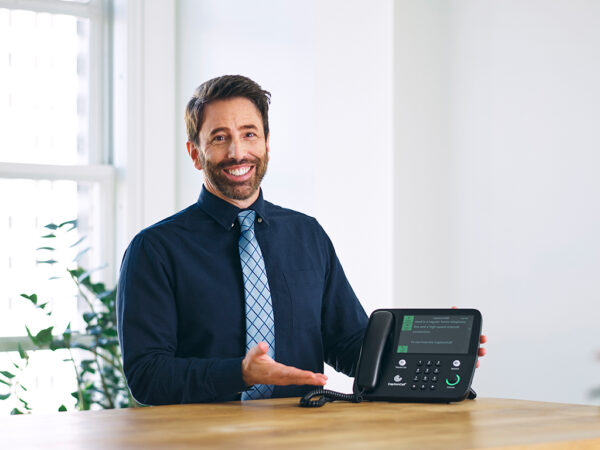
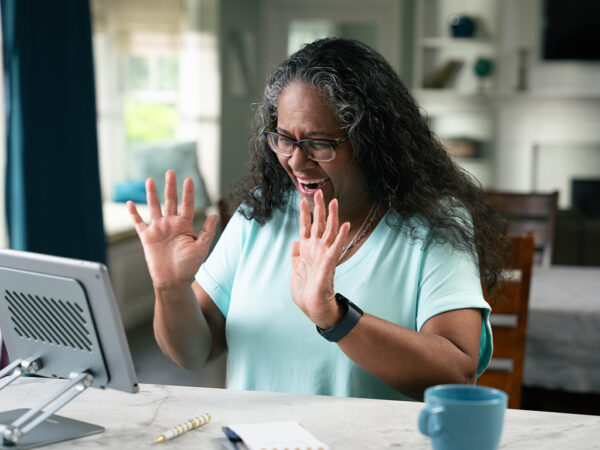
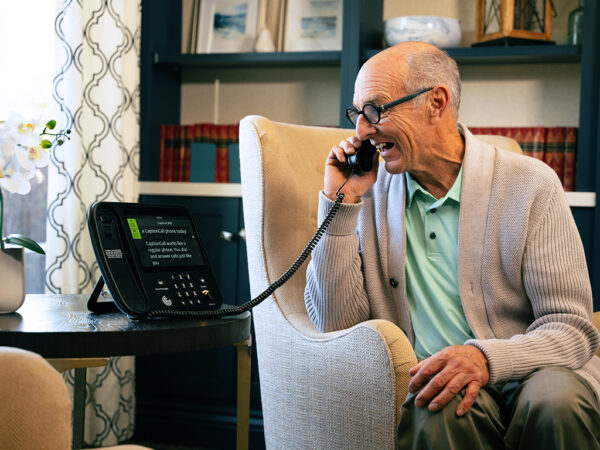



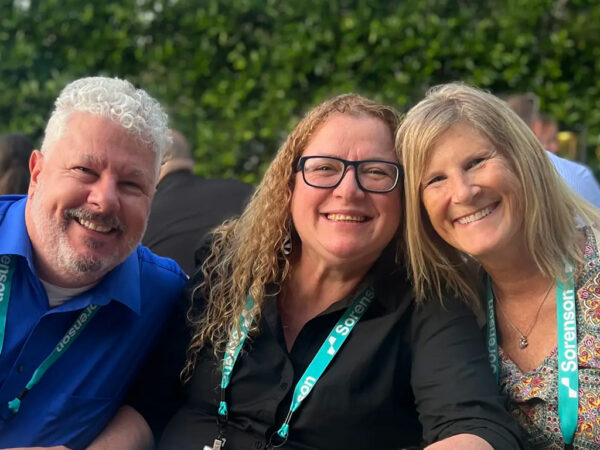
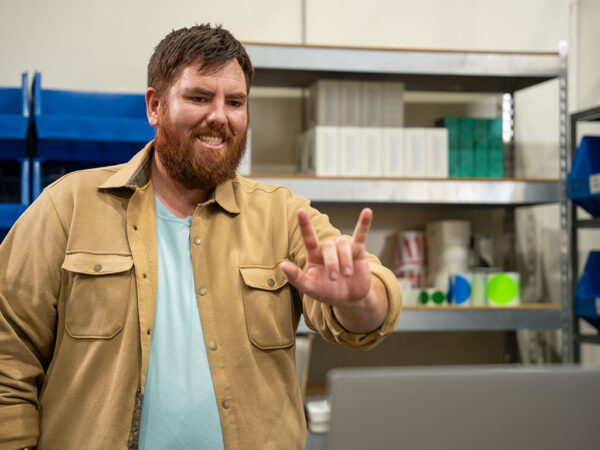



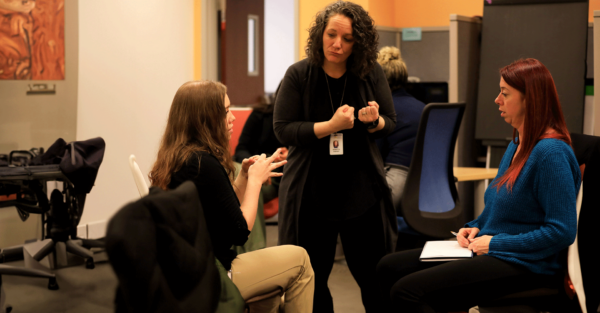
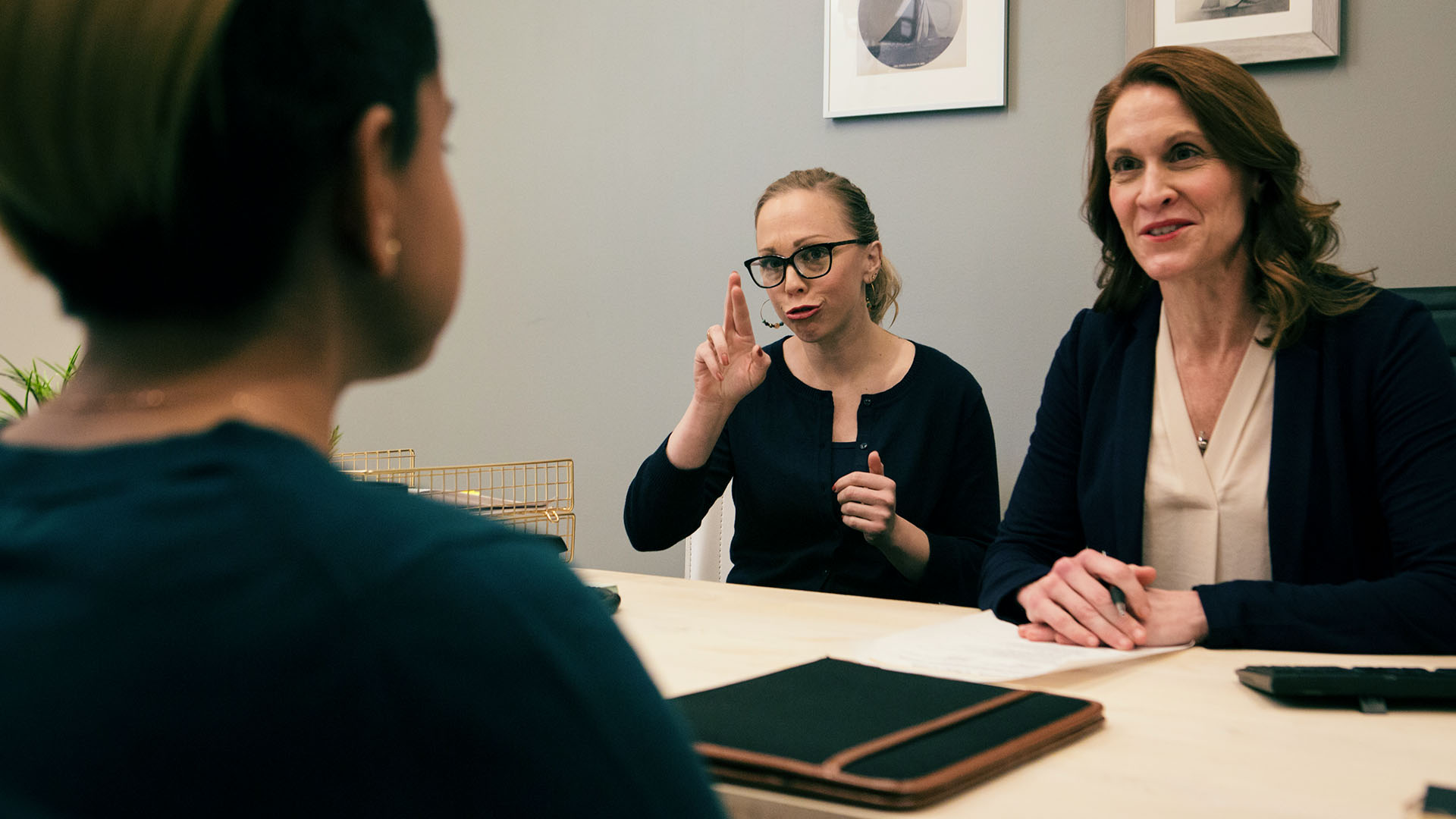 Providers of sign language interpreting may offer several different solutions, all with different use cases, each with their own benefits. When considering which interpreting solution to choose, it is important to consider these uses and benefits. The major solutions are:
Providers of sign language interpreting may offer several different solutions, all with different use cases, each with their own benefits. When considering which interpreting solution to choose, it is important to consider these uses and benefits. The major solutions are: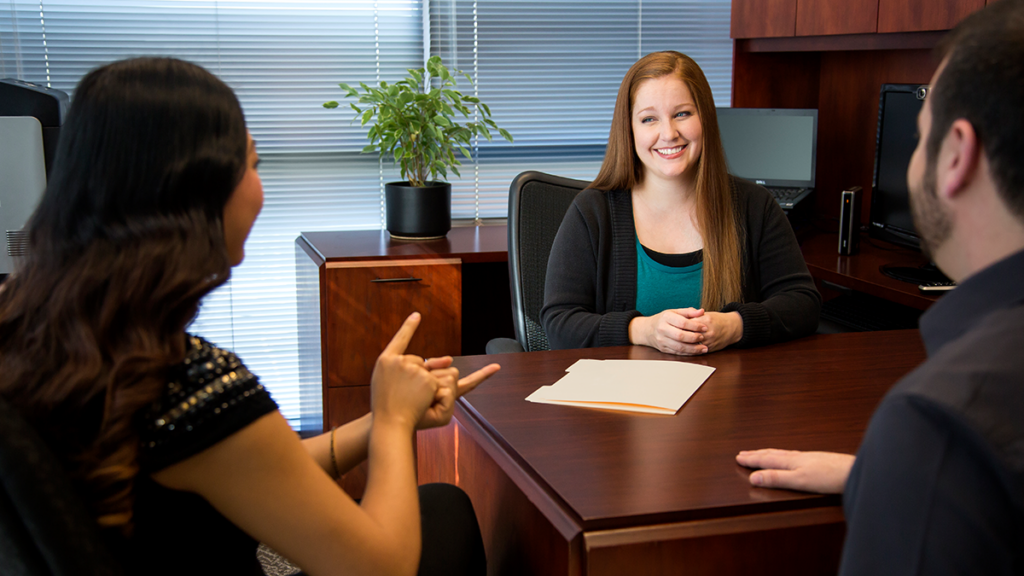
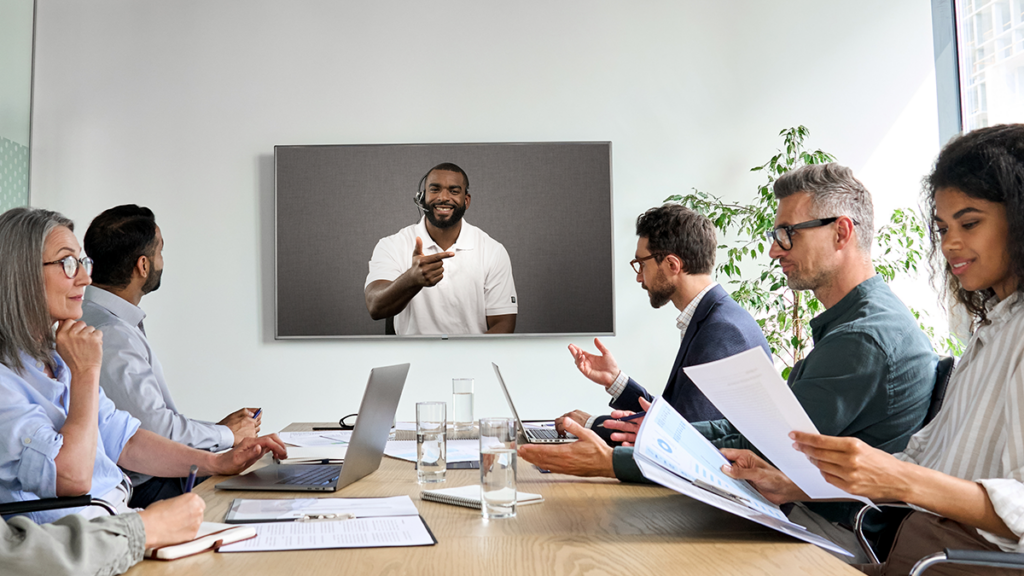


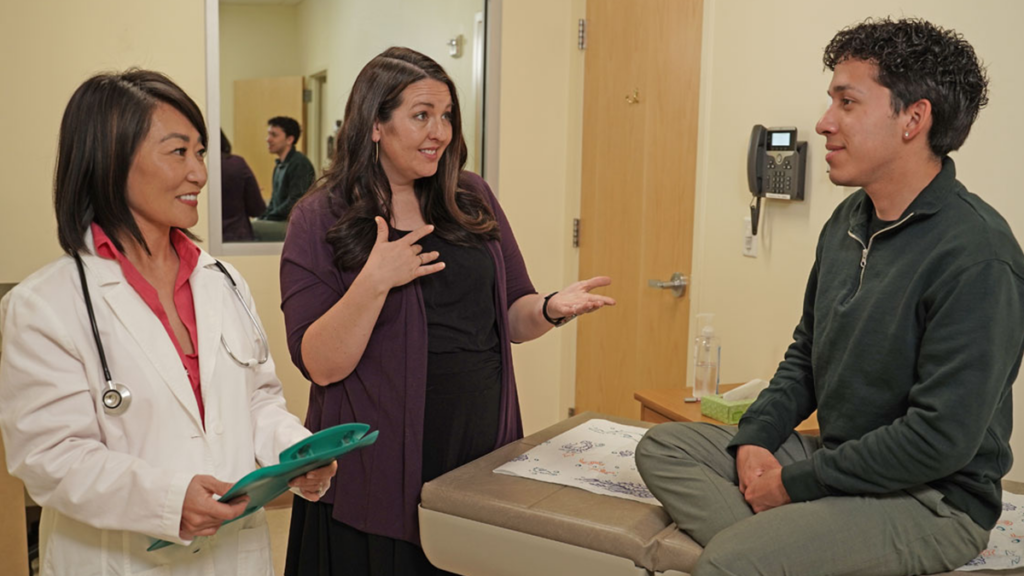
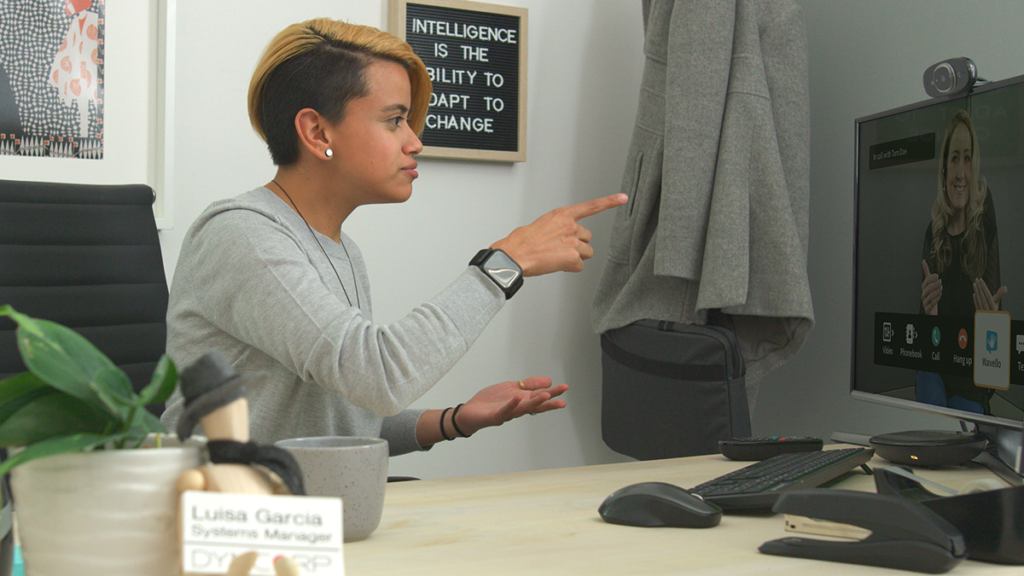

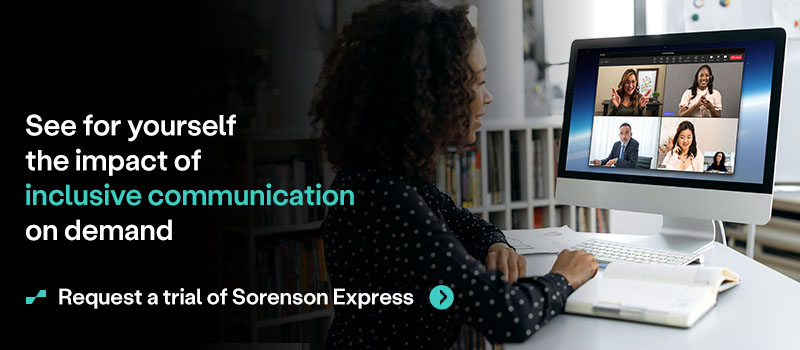
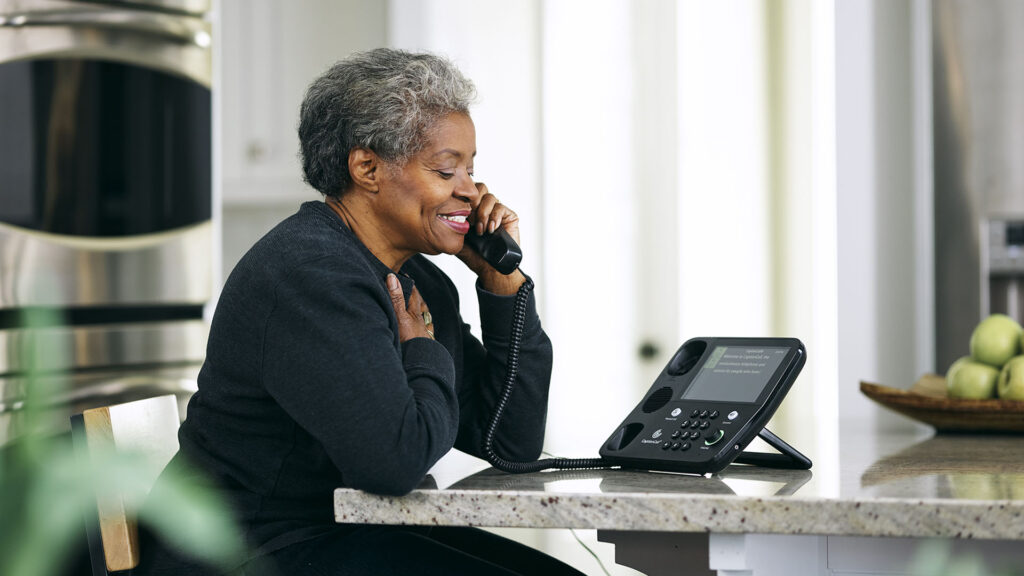
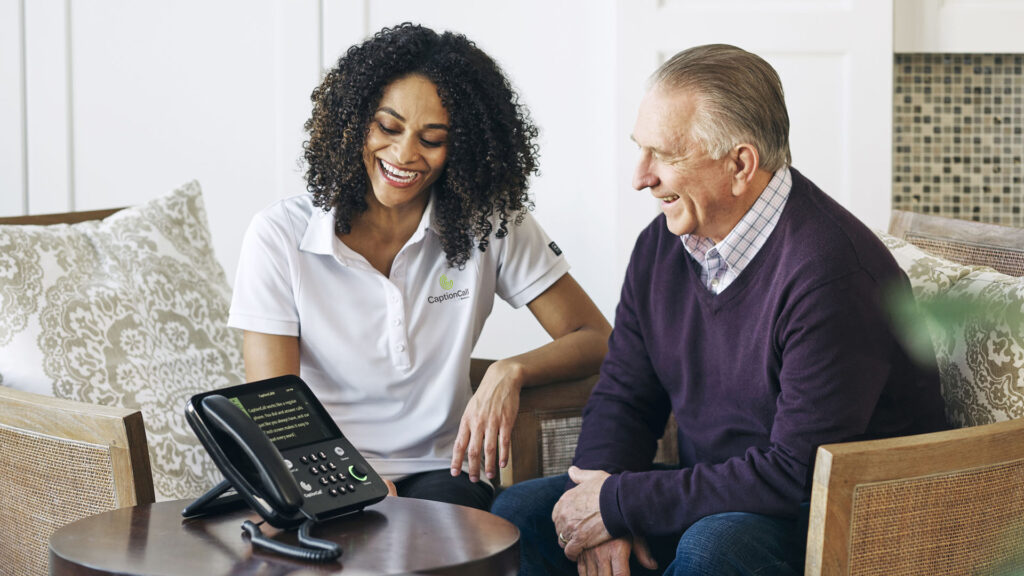

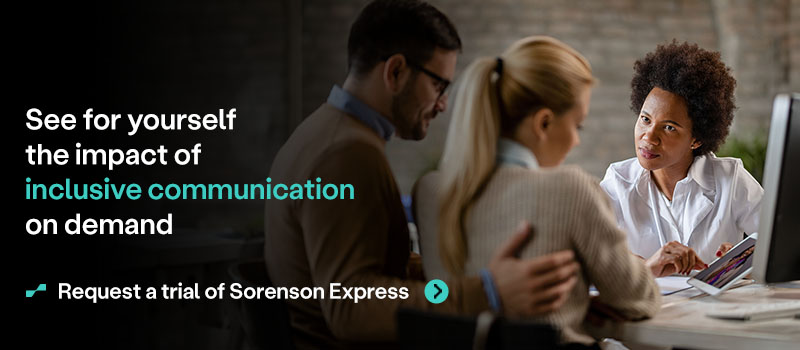

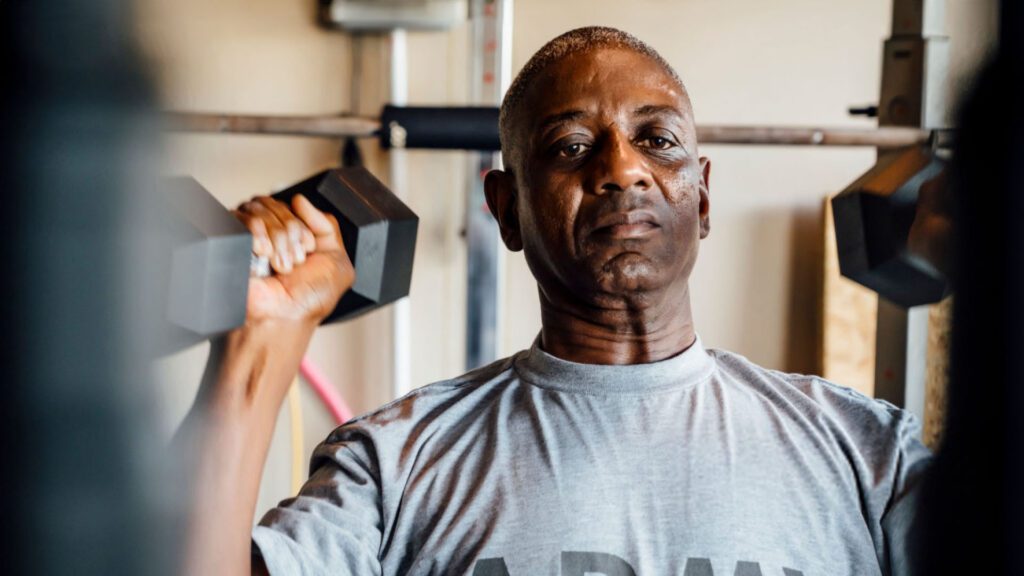
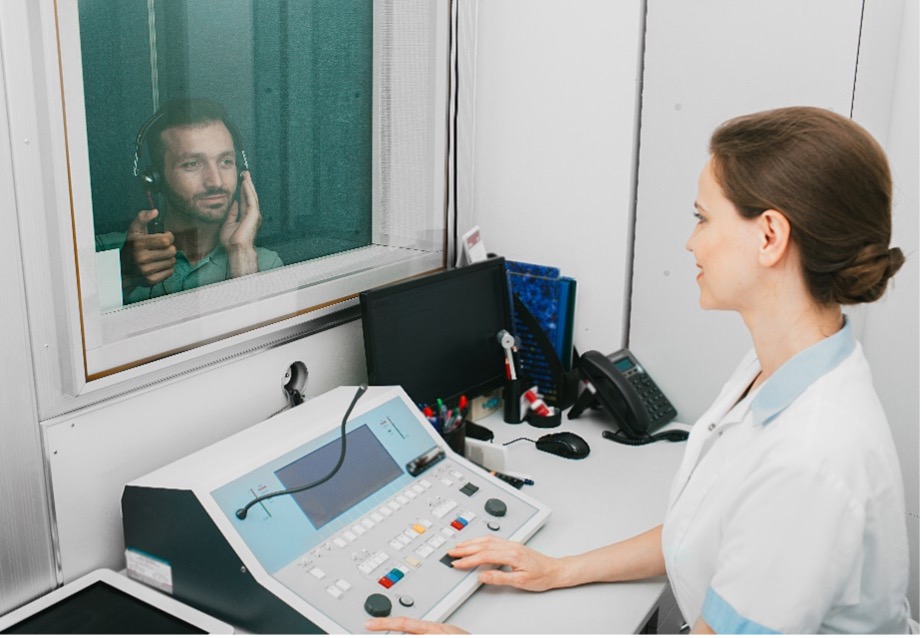

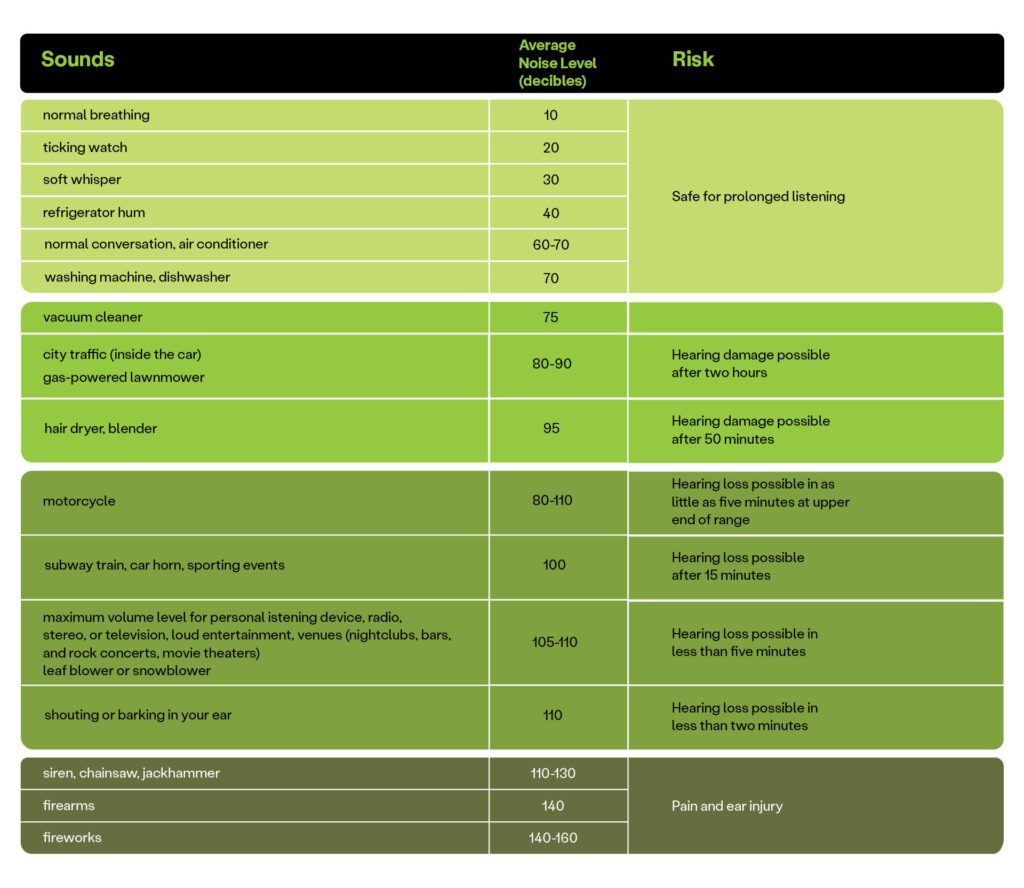


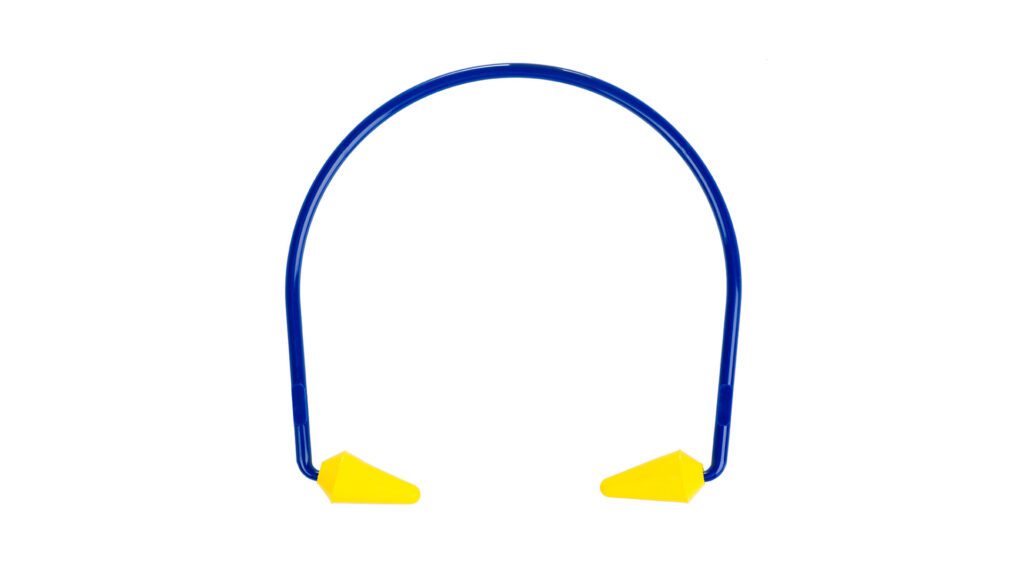


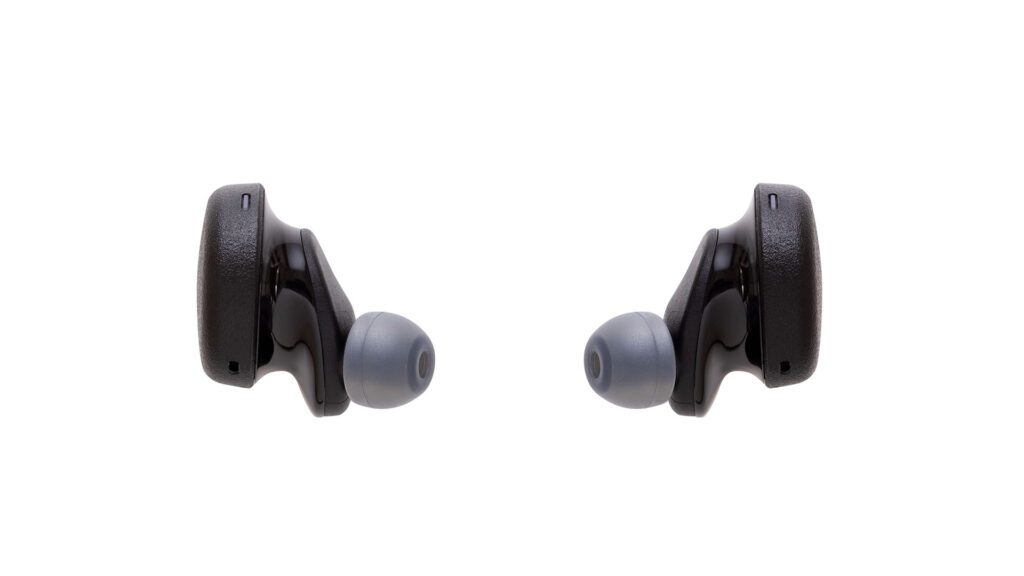
 Family is where it all begins. Those are the people who shape us and our worldview. They’re our first and most important relationships. They teach us to communicate. When hearing loss or deafness adds complexity to our family, we don’t give up on connection: we make it work.
Family is where it all begins. Those are the people who shape us and our worldview. They’re our first and most important relationships. They teach us to communicate. When hearing loss or deafness adds complexity to our family, we don’t give up on connection: we make it work.
